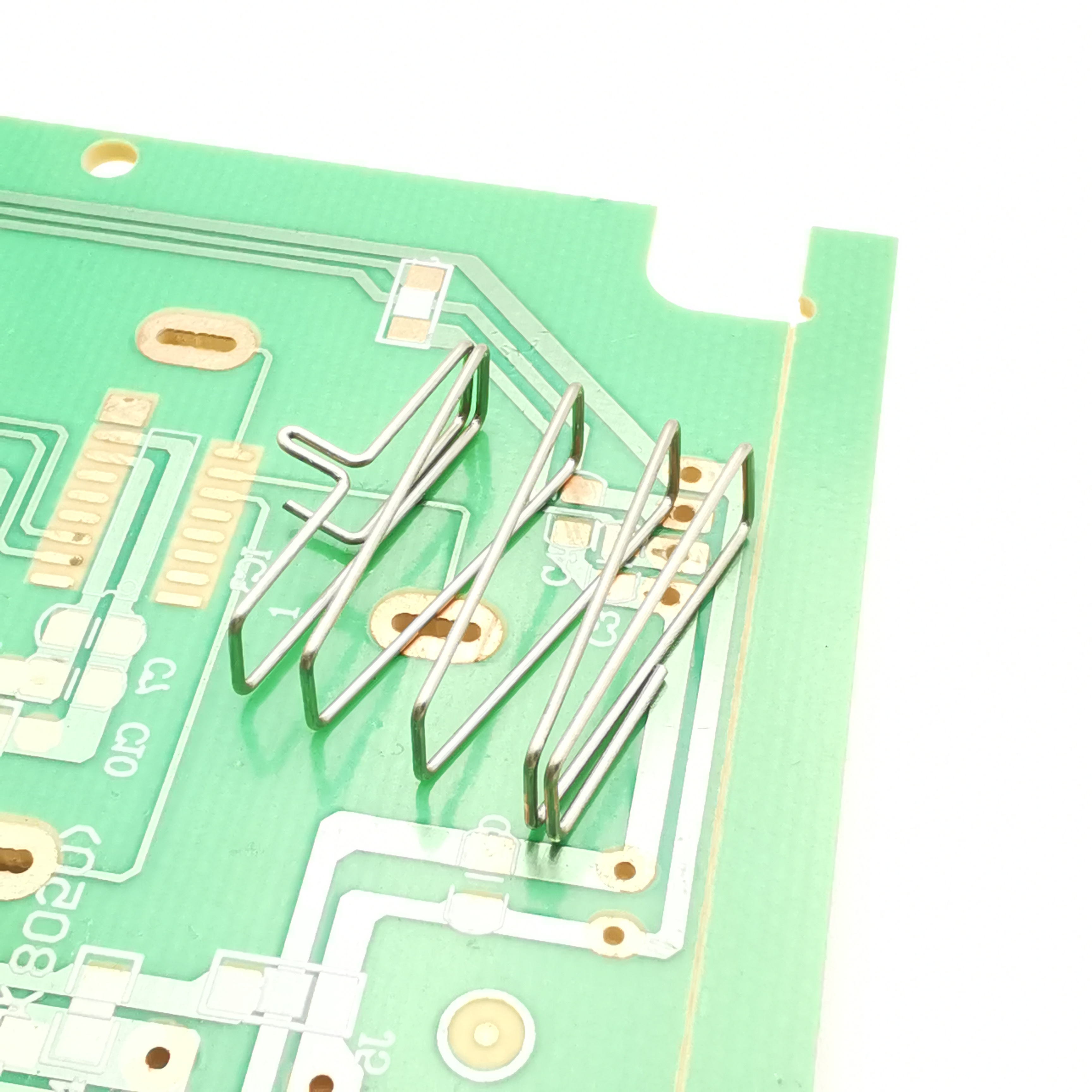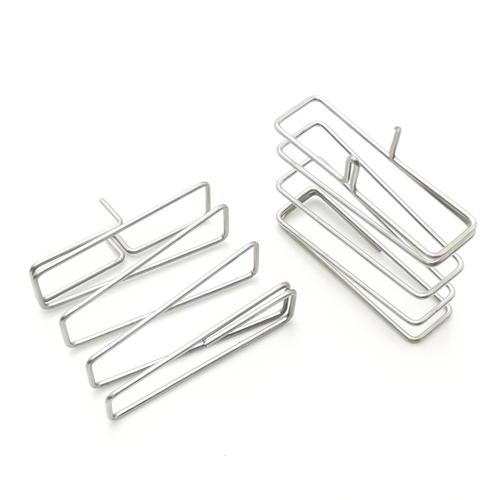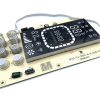
Coil Touch Springs: Elevating Your Engineering Level
In the dynamic realm of engineering, where precision and efficiency reign supreme, understanding the intricacies of components like coil touch springs becomes paramount. These small yet crucial elements play a pivotal role in various applications, contributing to the seamless functioning of diverse mechanical systems. In this comprehensive guide, we delve into the depths of coil touch springs, exploring their significance, applications, and the key factors that set them apart.
The Foundation: What Are Coil Touch Springs?
Coil touch springs, also known as helical springs, represent a fundamental component in the world of mechanical engineering. These springs derive their name from their distinctive coiled or helical shape. Crafted from high-quality materials such as stainless steel or alloys, they are designed to store and release energy when subjected to external forces, making them indispensable in numerous applications.
Applications Across Industries
Automotive Precision
In the automotive industry, where precision and reliability are non-negotiable, coil touch springs find widespread use. From ensuring smooth clutch engagement to optimizing suspension systems, these springs contribute to the overall performance and safety of vehicles. Their ability to absorb and dissipate kinetic energy makes them a linchpin in the automotive engineering landscape.
Electronics and Robotics
In the fast-paced world of electronics and robotics, where miniaturization is key, coil touch springs prove their mettle. These springs, often employed in various connectors and switches, play a vital role in providing consistent contact force. Their compact yet powerful design makes them an ideal choice for applications where space is at a premium.
Aerospace Precision
Aerospace engineering demands components that can withstand extreme conditions without compromising performance. Coil touch springs shine in this arena, contributing to the functionality of critical systems such as landing gear assemblies and control surfaces. Their ability to endure high levels of stress and maintain resilience in challenging environments makes them indispensable in aerospace applications.
Choosing the Right Coil Touch Spring
Selecting the appropriate coil touch spring for a specific application requires a nuanced understanding of factors such as material composition, load capacity, and environmental conditions. Here are key considerations:
Material Matters
The choice of material significantly impacts the performance and longevity of coil touch springs. Stainless steel, with its corrosion resistance and durability, is a popular choice. However, specific applications may benefit from alloys tailored to withstand unique challenges.
Load Capacity Calculations
Accurate load capacity calculations are paramount to the success of any engineering endeavor involving coil touch springs. Engineers must meticulously assess the forces at play, factoring in variables such as compression and extension, to ensure optimal performance and longevity.
Environmental Compatibility
Different applications expose coil touch springs to varying environmental conditions. Whether it's extreme temperatures, corrosive substances, or high levels of vibration, understanding the environmental factors is crucial in selecting a spring that can withstand and thrive in the given conditions.
Advantages Over Competing Technologies
Precision Engineering
Unlike traditional flat springs, coil touch springs offer unparalleled precision in force application. The helical design allows for a more controlled and predictable response, making them the preferred choice in applications where precision is paramount.
Extended Lifespan
The inherent design of coil touch springs grants them a longer lifespan compared to alternative spring technologies. Their ability to distribute stress evenly across the coil ensures sustained performance over extended periods, reducing maintenance requirements and associated costs.
Versatility in Design
The adaptability of coil touch springs to various configurations and load requirements enhances their versatility. Engineers can leverage this flexibility to design systems that maximize efficiency without compromising on space or functionality.
Conclusion
Coil touch springs have emerged as an important part of engineering, silently powering a myriad of applications across industries. Their precision, versatility, and longevity make them a cornerstone in the pursuit of engineering excellence.







